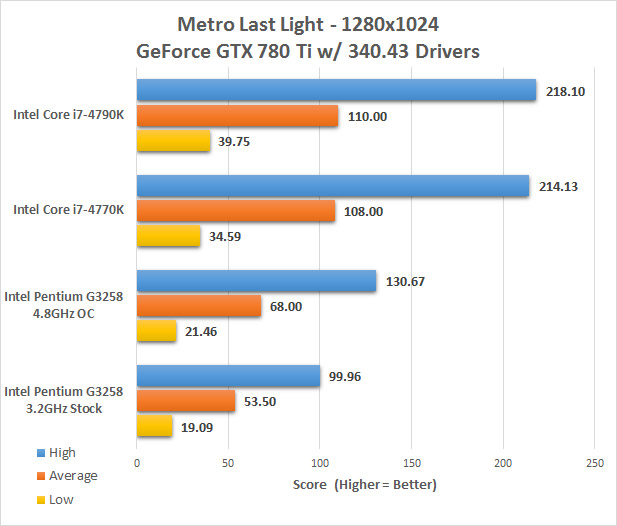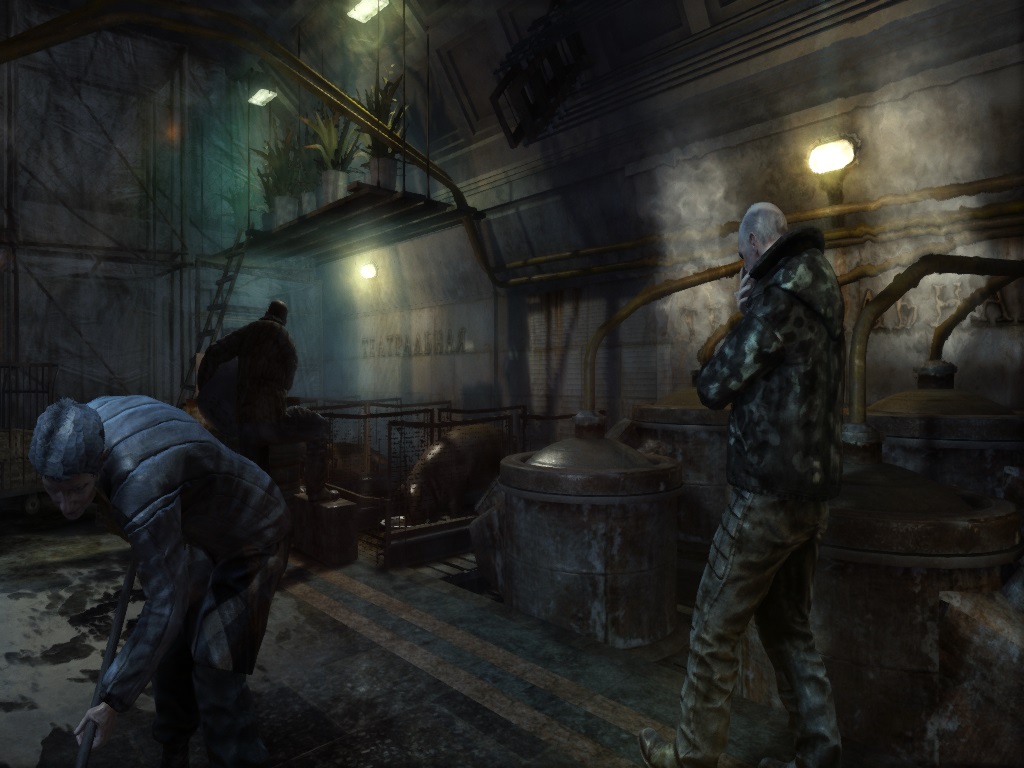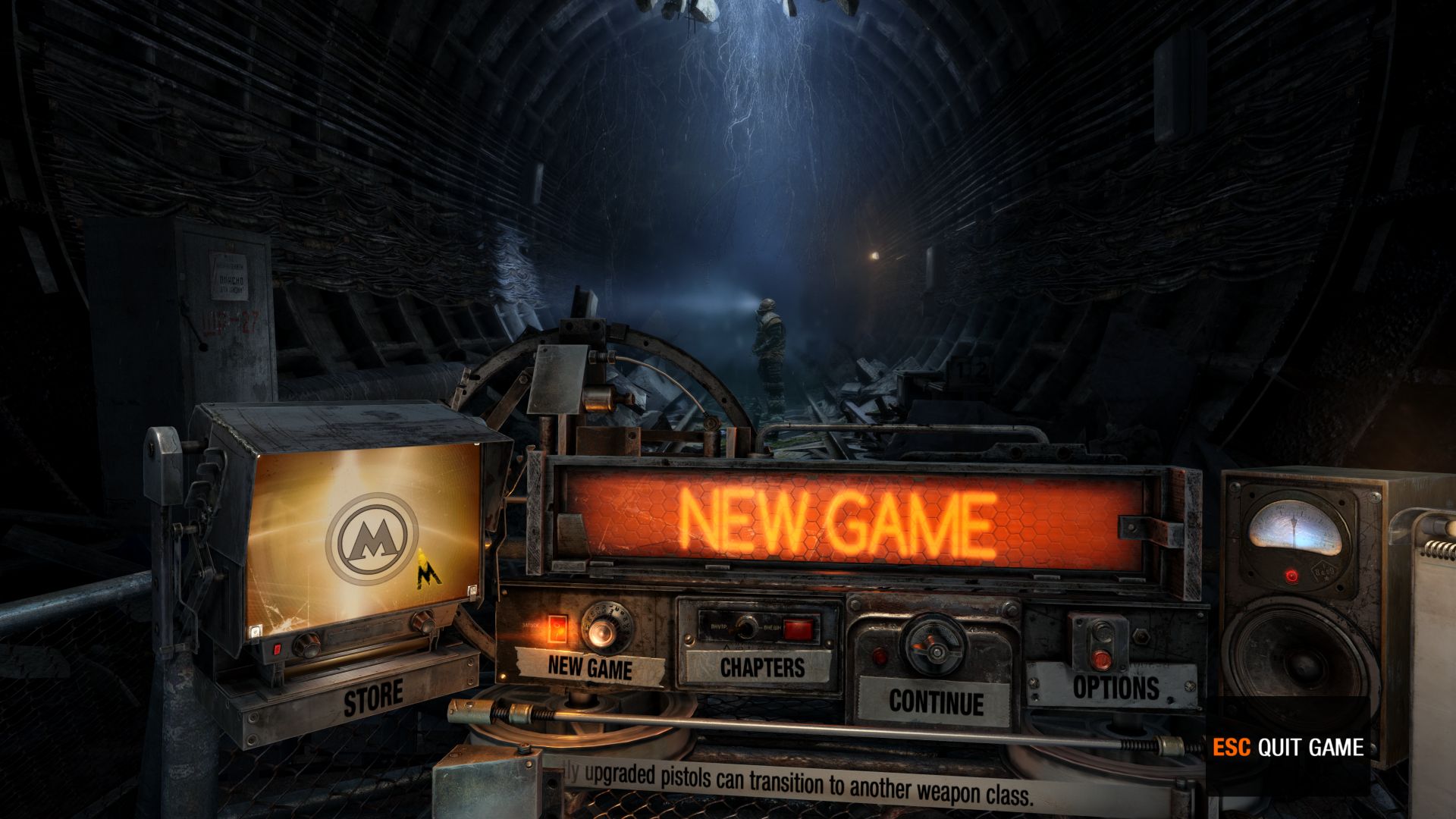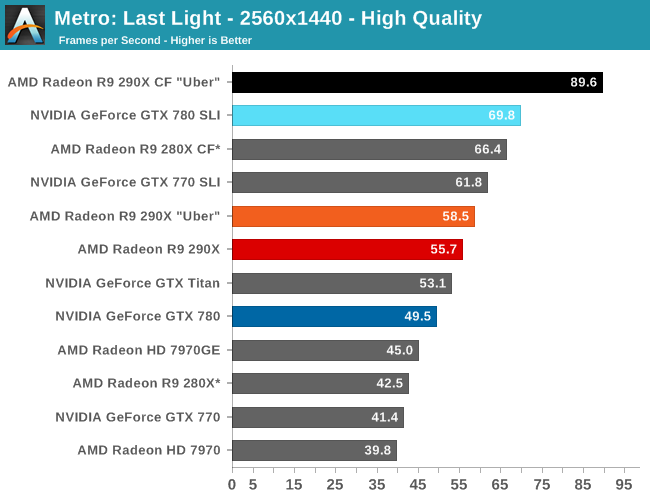

With that said, for focusing on 4K on most games we’ve thrown in results both at a high quality setting, and a lower quality setting that makes it practical to run at 4K off of a single card. A single 290X may have the horsepower to drive 4K in at least some situations, but given the current costs of 4K monitors that’s going to be a much different usage scenario.


On the other hand it scales well with resolution and quality settings, so it’s still playable on lower end hardware.įor the bulk of our analysis we’re going to be focusing on our 2560x1440 results, as monitors at this resolution will be what we expect the 290X to be primarily used with. The original Metro: 2033 was a graphically punishing game for its time and Metro: Last Light is in its own right too. In this game, the performance was equivalent in both tests.As always, kicking off our look at performance is 4A Games’ latest entry in their Metro series of subterranean shooters, Metro: Last Light. We ran the game at Full HD (1920 x 1080), with image quality set to “high”. In order to measure the performance on this game, we walk around at the first scene of the game, measuring the framerate with FRAPS three times. The Witcher 3: Wild Hunt is an open-world RPG, released in May of 2015 and based on the REDengine 3 engine. In Metro Last Light, there was no significant performance difference between single or dual channel modes. The results below are expressed in frames per second (fps) and they are the mean between the three collected results.

We ran the game in Full HD, with the graphic quality set as “high”, and the “SSAA” option off. In order to measure the performance on this game, we ran its introduction, measuring the framerate with FRAPS three times. Metro Last Light is an horror/shooting game that uses the 4A engine, launched in 2013. Metro Last Light and The Witcher 3: Wild Hunt GTA V and Metal Gear Solid V: The Phantom Pain


 0 kommentar(er)
0 kommentar(er)
